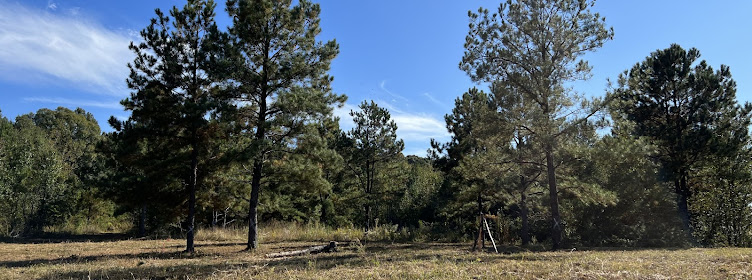The problem is that mining requires high end gear to become somewhat successful but gear can be very expensive. It also requires lots of electricity to run these rigs. Many mining rigs have multiple video cards to churn out as many hashes per second they can. Some people have gone so far as to set up rooms full of hardware solely to mine bitcoins. I can't afford to throw big money into high end video cards, that I won't be playing games on, just to see if I can break even. However, bitcoin mining was changed when devices called application specific integrated circuit (ASIC) cards came into play. They mine more efficiently than say a GPU and much better than a CPU.
I recently found out about these ASIC cards which are relatively cheap (about $30 on Amazon right now). In addition to these cards, it turns out people got smart with these cards and found a way to mine bitcoins for a lot cheaper; a full rig can be done for a quarter of the price of the current preferred mining video card, the Radeon R9 290. By combining a Raspberry Pi (a very small and very cheap computer), a powered USB hub, a USB fan (to cool the ASIC cards), a special Linux distro call MinePeon and one of these ASIC miners you have a starter mining rig for about $105 (add shipping costs to that). This is where I will be heading in my quest for GREEN Bitcoins.
My plan. Acquire all the listed hardware from above then power it through green energy methods. I know the Raspberry Pi can be run from just about any USB port so powering it by solar panels will be easy. The hard part will be powering the hub. The hub will be powering the ASIC card and the fan and if I add any additional ASIC cards, those as well. I'm not sure how much power I will need to generate yet but with several cards less than 100 watts is likely.
We shall see.
Update:
My buddy decided to order two ASIC cards. He got the AntMiner U2 which output around 2 GigaHashes per second per card; total of 4 GH/s. After operating for about 2 days, he is pulling in around .0007 Bitcoins per day. At the current exchange rate (around $560 per coin) it will take him about 4 years to break even on hardware. Estimated, he will need around 8 cards (under $40 a pop) to make a Bitcoin in a year.
If your going into bitcoin mining, expect to spend around $200 to $400 and try to get around 20 to 30 GH/s to make bitcoins quickly. Remember, the difficulty of each block will go up over time.

No comments:
Post a Comment